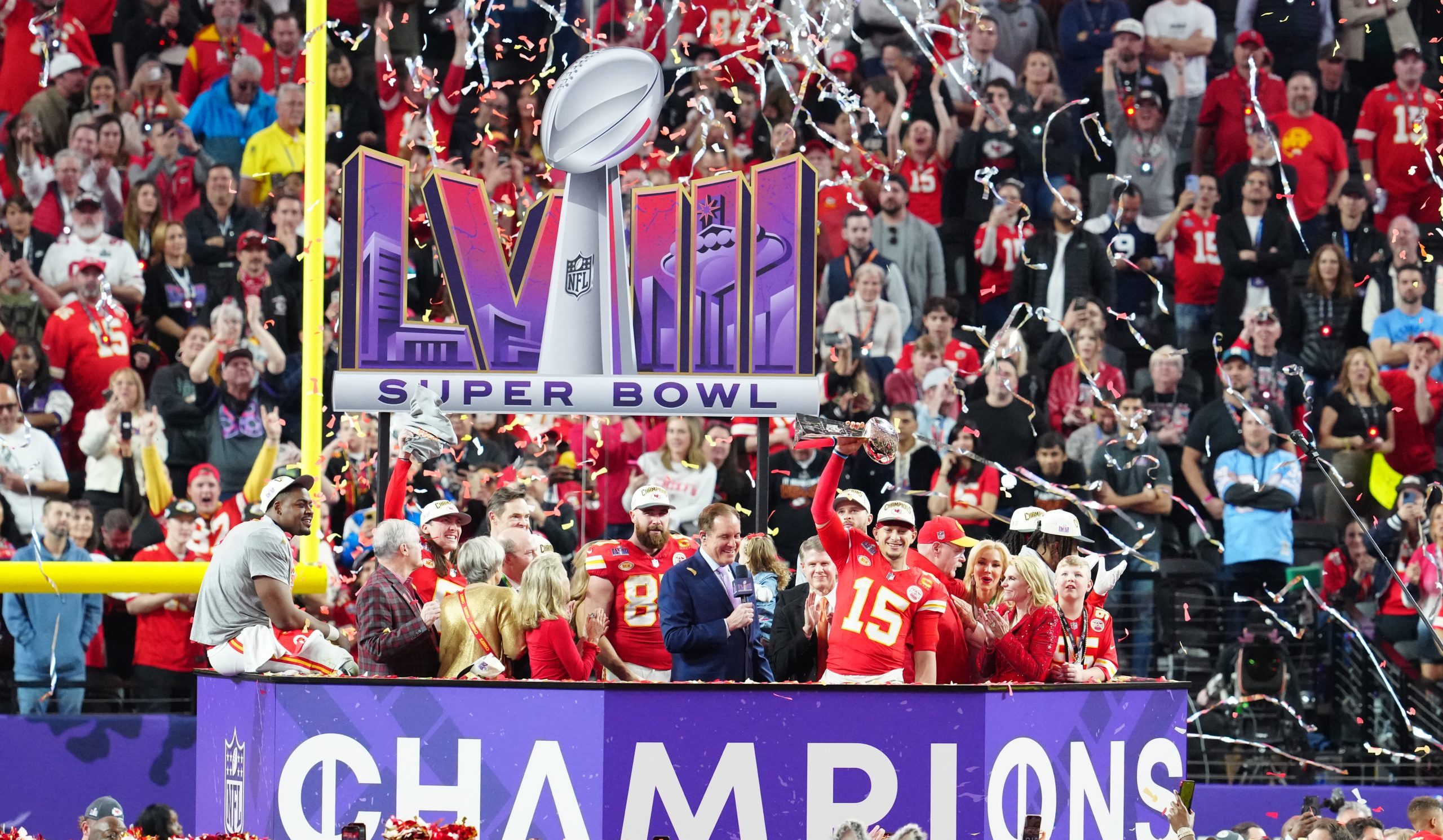SOCIAL
76 percent of Super Bowl LVIII traffic from Twitter dubbed ‘fake’

One of the big debates around Twitter/X, both before and after Elon Musk’s October 2022 acquisition of the social media platform, has been about “bots” on the service. Indeed, that came up multiple times during the period between the board approving Musk’s $43 billion takeover offer in April 2022 and that deal actually going through six months later, with Musk repeatedly trying to exit the agreement and citing the prevalence of automated accounts on the service as a reason why.
But there’s been a lot since then to suggest that the bot issue has not actually improved under Musk. And the latest case in point there comes from data that cybersecurity firm CHEQ provided to Mashable’s Matt Binder, with that data suggesting 75.85 percent of traffic from Twitter to CHEQ’s advertising clients during Super Bowl LVIII was “fake.” This is based off 144,000 visits to CHEQ’s 15,000 total clients’ sites from Twitter during the Feb. 9-Feb. 11 Super Bowl weekend; that’s only a small percentage of overall visits to sites from Twitter, and is not scientifically sampled, but is remarkable compared to what’s seen from other sites using similar methodology.
“I’ve never seen anything even remotely close to 50 percent, not to mention 76 percent,” CHEQ founder and CEO Guy Tytunovich told Mashable regarding X’s fake traffic data. “I’m amazed…I’ve never, ever, ever, ever seen anything even remotely close.”
…CHEQ monitors bots and fake users across the internet in order to minimize online ad fraud for its clients. Tytunovich’s company accomplishes this by tracking how visitors from different sources, such as X, interact with a client’s page after they click one of their links. The company can also tell when a bot is passing itself off as a real user, such as when a fraudulent user is faking what type of operating system they are using to view a website.
…When X’s Super Bowl traffic is compared to other social media platforms during the same time period, the bot issue on Musk’s platform appears even more stark. CHEQ also provided data to Mashable pertaining to Facebook, Instagram, and TikTok. In terms of fake traffic, no other platform came close to X’s nearly 76 percent.
Out of more than 40 million visits from TikTok, only 2.56 percent were determined to be fake. Facebook sent 8.1 million visits and 2.01 percent of the monitored visits were classified as inauthentic. And over on Instagram, only 0.73 percent of the 68,700 visits from the platform were fake.
Tytunovich tells Mashable that it’s not out of the ordinary to see spikes in fake traffic on social media platforms during big events like U.S. elections. However, he has never seen anything close to X’s 75.85 percent.
It’s the similar methodology that’s really important here. All measurements and estimations come with accuracy concerns, but measurements taken using similar approaches are at least comparable to each other. This is often seen with discussion of Nielsen ratings for TV sports audiences. There are plenty of ways the Nielsen numbers aren’t necessarily 1:1 with the numbers of people actually watching, and other approaches (some even conducted by Nielsen on a commissioned basis) produce different results.
But the basic Nielsen numbers are useful. And that’s because they can be compared to other current and historical Nielsen numbers (at least, with caveats around Nielsen changes to out-of-home viewing, tracking methods, and plans to incorporate first-party data). And that’s the case with this CHEQ data. It’s not clear that the 76 percent number here would be reflected exactly in a larger analysis including other businesses that are not CHEQ clients, but the sharp contrast to less than 3 percent “fake” visits from TikTok, Facebook, and Instagram to CHEQ clients is incredible.
What’s also interesting here is that this is not an isolated data point. Binder includes CHEQ data for all of January, which again saw much higher “fake” numbers for Twitter than those other social media platforms (although not by as much):
Slightly more than 2.8 percent of the 306 million visits sent from TikTok were determined to be fake. Out of the 90 million visits that came from Facebook, a bit more than 2 percent were fake. And Instagram’s traffic was only 0.96 percent fake, based on 749,000 visits.
But, X once again fared the worst. Of the 759,000 visits from X, 31.82 percent of that traffic was determined to be fake.
Of course, 32 percent is certainly better than 76 percent. But that’s still more than 10 times the “fake” data for those other platforms. And this is quite notable considering Musk’s past comments on bots, some even before his offer was accepted:
If our twitter bid succeeds, we will defeat the spam bots or die trying!
— Elon Musk (@elonmusk) April 21, 2022
And Musk’s repeated attempts to pull out of that deal often cited bots. But there’s a lot of evidence the bot situation has not improved under his leadership. Bots on Twitter received significant scrutiny last June, and the situation was declared “worse than ever” by researchers at Australia’s Queensland University of Technology last September.
And now we have prominent cybersecurity figures saying “I’ve never, ever, ever, ever seen anything even remotely close” about Twitter’s percentages of bot traffic. That would be a problem for big advertisers if most hadn’t already pulled out last fall around their ads being shown on antisemitic accounts, and received a nice ‘Go f*** yourself‘ from Musk in response. But there are still companies large and (mostly) small advertising on Twitter. And this report raises big questions about if that’s worth it for them. [Mashable]
















